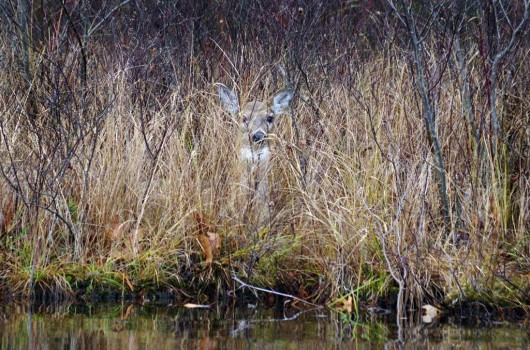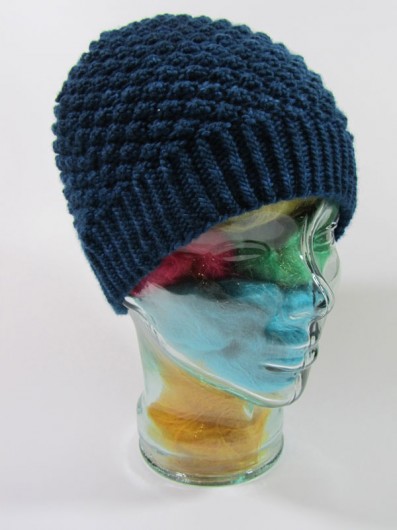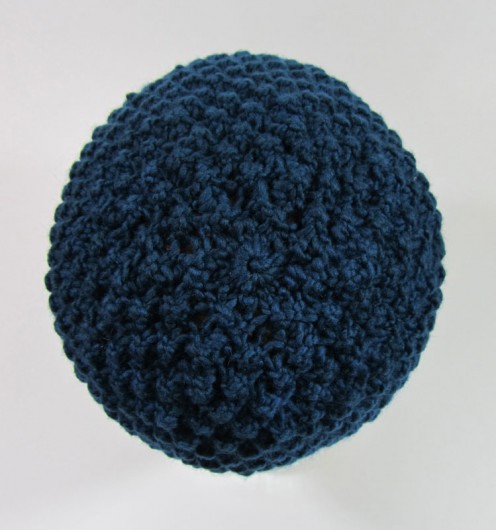
This is Rosemary (Romi) Hill‘s Melpomene, knitted here in Briar Rose Fibers’ Sea Pearl, a 50% merino 50% tencel hand-dyed fingering weight. This is the largest size and it used up all but a small amount of my 800 yard skein of Sea Pearl. The pattern is available for download on Ravelry, along with the rest of this talented designer’s many shawl patterns. The pattern directions were very clear and completely accurate. I’m not the best chart reader and I found the charted short rows and repeat sections difficult, so I used the line-by-line directions.
You may already know of my fascination with why patterns are named what they are. Melpomene is the Greek muse of tragic theater, often depicted with a tragic mask in her hand and in the company of Thalia, her sister muse of comedy. Hill says that knitting Melpomene, with its repetitive charts and “calming textures” will “soothe frayed nerves in times of stress.” She writes that Mellie is “a perfect meditation for both the mindful knitter and the knitter in search of solace.” If I hadn’t been let in on a hint for how to easily do the one-stitch diagonal traveling stitches, I’d have been a knitter seriously needing something to soothe my frayed nerves in times of knitting stress. With that little hint from the Melpomene thread in Romi’s Rav group, I was ready to be mindful.
This is the hint on how to work “t2L” and “t2r:”
t2L: with right hand needle behind the left hand needle, skip the first stitch and knit the 2nd one through the back loop (don’t try to lift it off yet), then insert the right hand needle into the backs of both stitches and knit the 2 stitches together through the back loops.
t2r: knit 2 stitches together (don’t lift them off the left hand needle yet), then knit the first stitch again, then slip both stitches off to the right hand needle.
This substitute stitch doesn’t turn out absolutely identical to what Romi planned for us. But without the modification I would see this pattern as a bear to get through.
I was a bit afraid of this knit, not being sure if I’d be up to it. I had been saving my special 800 yard skein of Sea Pearl for quite awhile–not wanting to waste it on a pattern that wasn’t really beautiful. I also didn’t want to ruin it with the random acts of yarn overs that often pass for my lace work. I am so pleased with how this turned out. The drape of Sea Pearl is amazing. The variegated colorway is subtle. The yarn is luminous. And 800 yards of yarn with not a single knot or section needing to be cut away for any reason impressed the daylights out of me.
So, I’m a Romi fan now and plan to check out more of her patterns.










